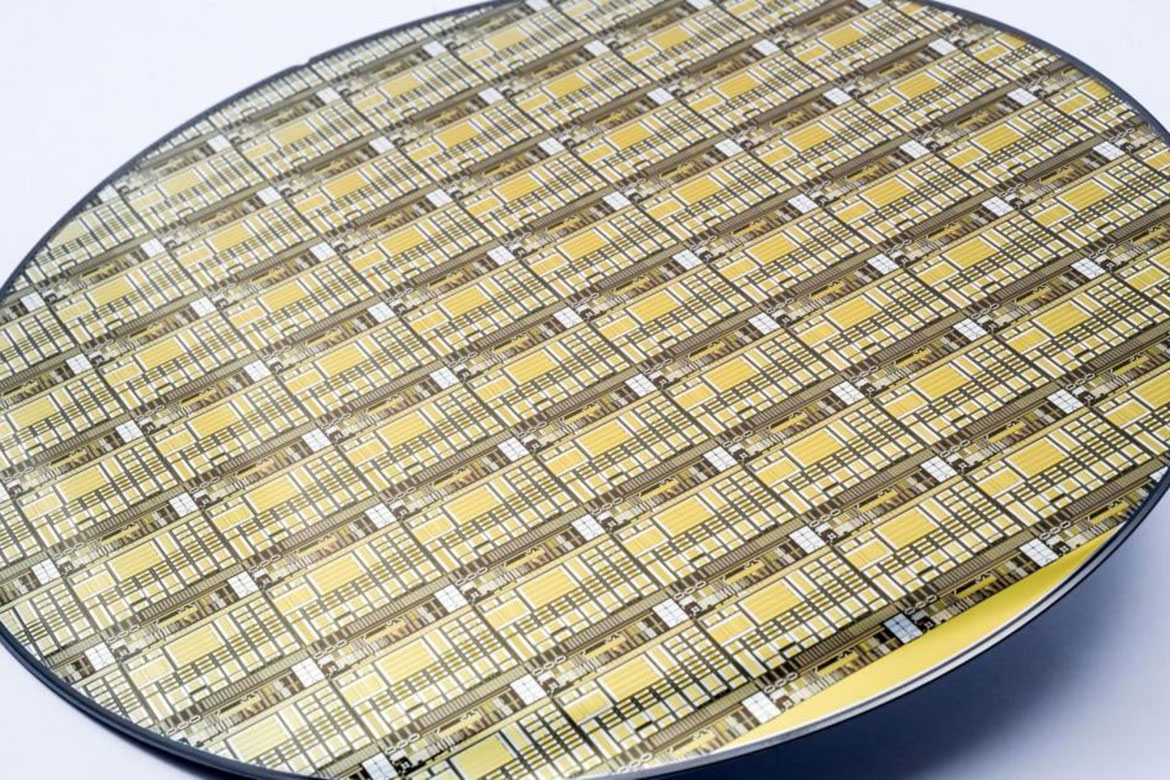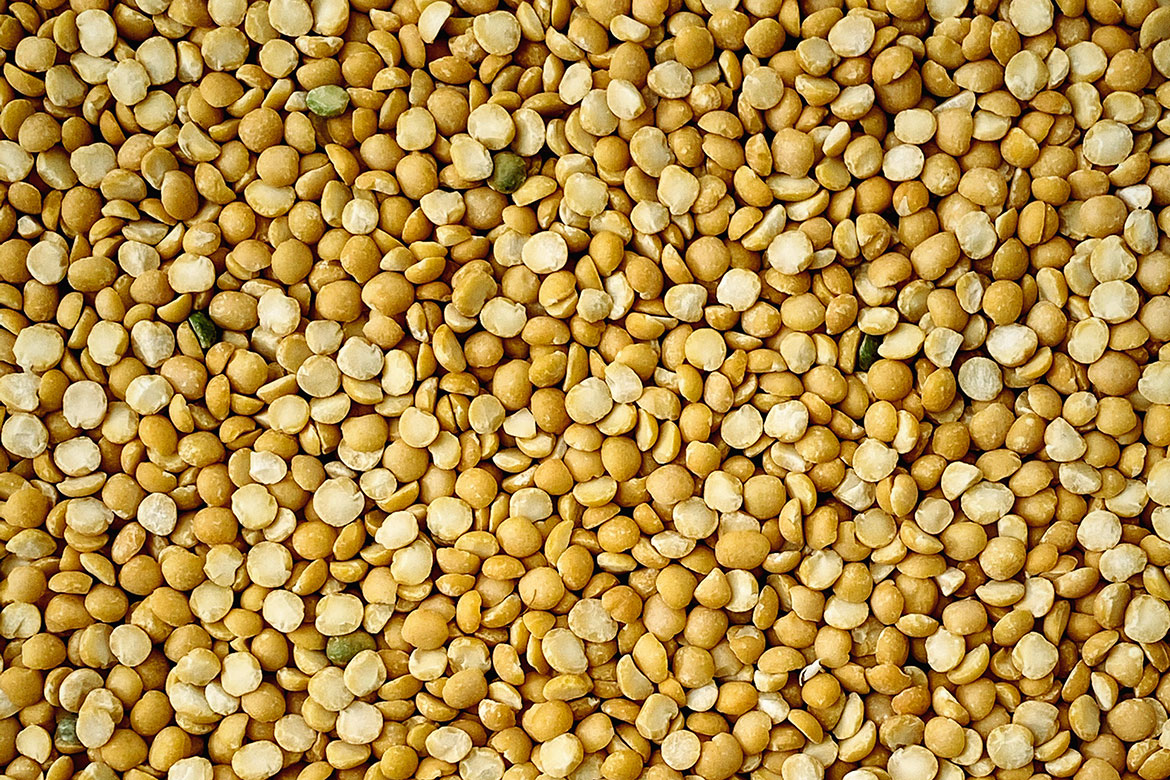Feature: Water bargaining
Saving our drinking water
Only half a percent of global water resources are currently suitable for human use. Groundwater levels are falling, desertification is intensifying, but the global demand for water is expected to increase by more than 50 percent by 2050. We look at six smart technologies that might help us to get more out of the water cycle.
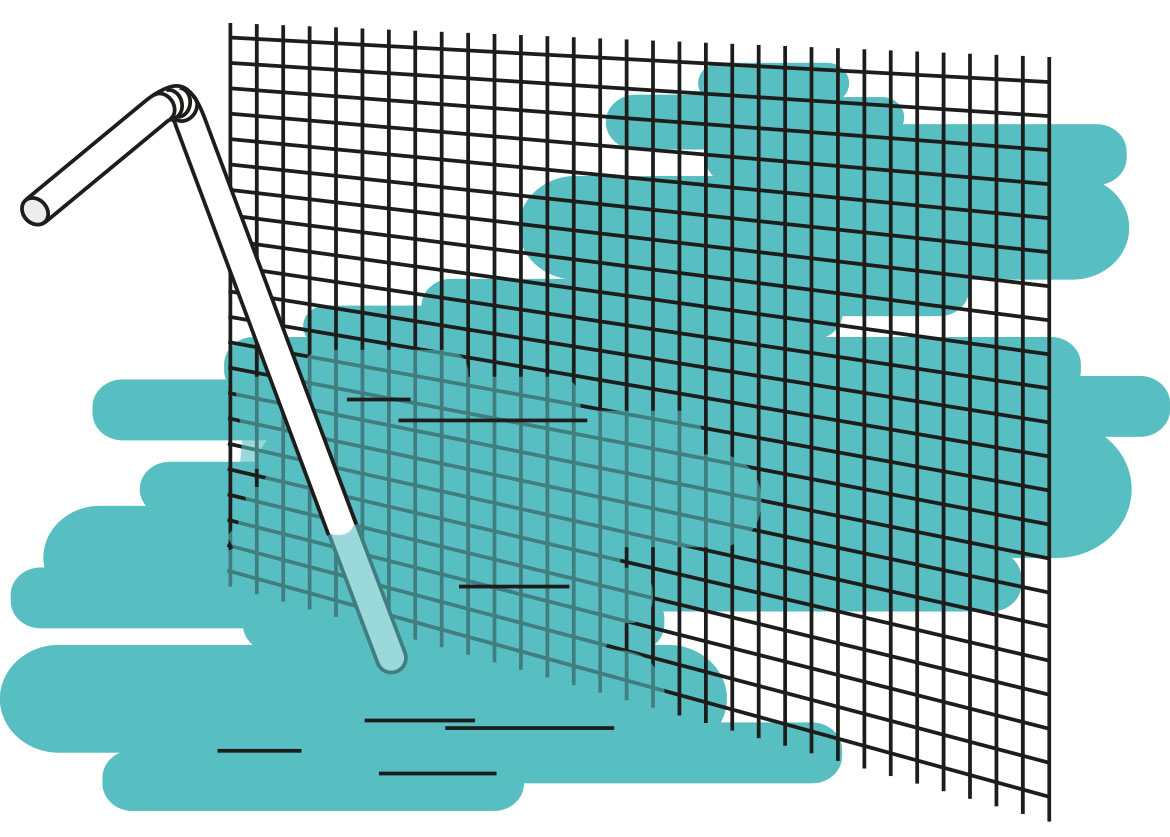
Milking the air
“There’s more water in the atmosphere than in all the rivers and lakes put together”, says Rob Bartrop of Source Global, a US company that since 2014 has been producing so-called hydropanels to draw water from the air in remote areas. “The urban supply works very well in many places. But two billion people live in decentralised communities, far away from such supplies”, he says. And some of them have to walk for hours to get water, or are dependent on expensive tanker lorries to transport it.
Dew nets have been in use in Peru, England, Ukraine and on Lanzarote for centuries. These are vertical nets, measuring around 25 square metres in size, that draw water from the atmosphere through natural condensation. The problem with this old method is that its yield depends on the atmospheric conditions, which can be changeable. “In dry areas with low humidity”, says Bartrop, “other technological solutions are needed”.
This is where atmospheric water generators can come into play, like hydropanels. Many variants of them use electricity. Just like an air conditioning system, they cool the air until it reaches the dew point and the water in it condenses. But the hydropanel made by Source Global works without electricity, instead using salts as a drying agent to absorb the moisture in the air. “We use a solar thermal panel to heat the air and channel it through the material to raise the dew point”, says Bartrop. This results in distilled water that is collected in a tank and is enriched with calcium, magnesium and other minerals. “It also works when the air is pretty dry”. These hydropanels are already installed in 54 countries including South Africa, the Philippines and Chile, and can produce up to eight litres of drinking water per day at a cost of 10 to 15 cents per litre. “Of course, that’s expensive compared to the water that flows out of our taps in cities”, says Bartrop. “But for remote schools, villages or mines that don’t have a power supply, it’s a highly attractive option”.
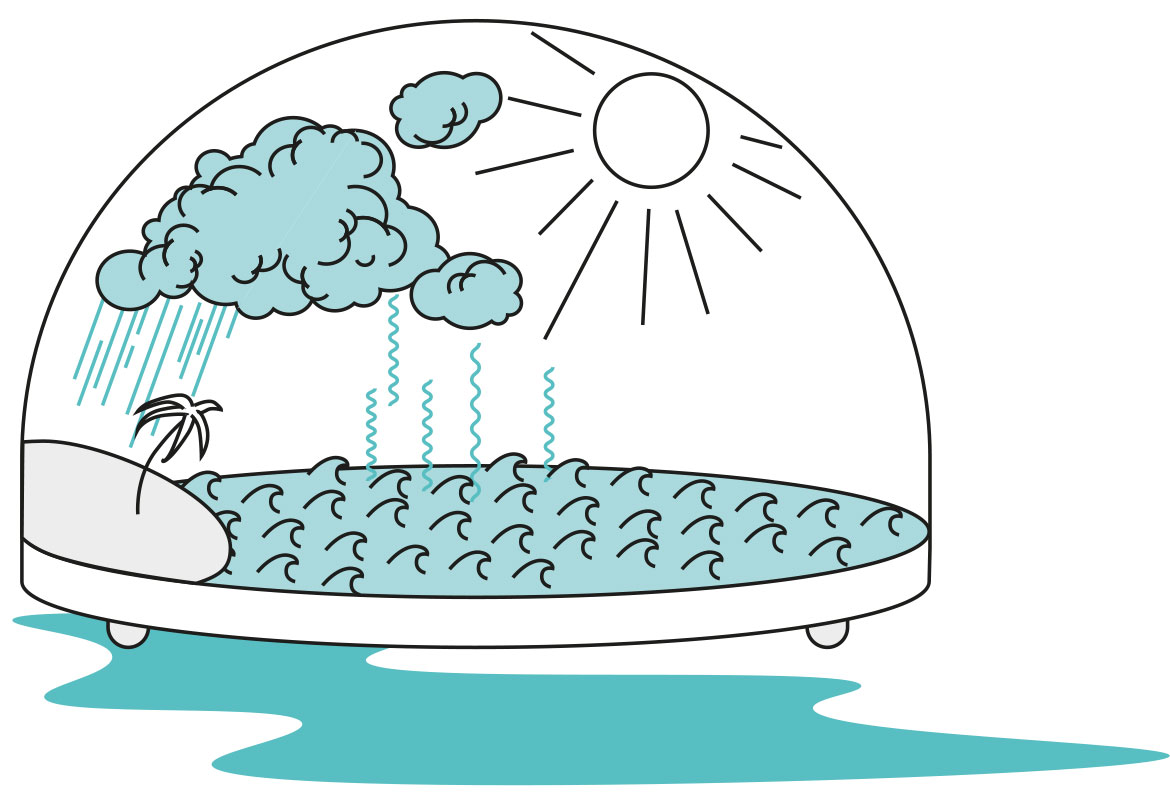
Desalinating the oceans
“The problem isn’t the water”, says Süleyman Yüce. “It’s the salt”. He’s an engineer at RWTH Aachen University who’s spent decades researching into desalination processes and co-developing desalination plants. “There’s enough water in the oceans. We just have to imitate the everyday work of the Sun and develop an efficient process for extracting excess salt from the sea”.
In many countries around the Mediterranean and in the Near East, desalination plants play a crucial role in the water supply. Modern systems rely on reverse osmosis in which seawater is pumped at high pressure through a fine membrane that only allows water molecules to pass through it. “This turns 100 litres of seawater into some 45 litres of drinking water”, says Yüce.
This is the process employed at roughly 80 percent of the 20,000 desalination plants that exist around the world. Some three kilowatt-hours of electricity are needed to produce about 1,000 litres of water. But there are older plants still in operation that use less efficient, thermal processes in which saltwater is vaporised in a vacuum and then condensed. “That method consumes a lot of energy”, says Yüce. “It’s mainly used in places where fossil fuels are cheap, such as in the Gulf States”.
For Yüce, this is another reason why we should be relying exclusively on renewable energies for desalination plants, and why we should close off the water cycle. In Algeria, he is currently conducting a study on behalf of the German Development Cooperation (GIZ) in which desalination plants powered by renewable energies are hoping to produce green hydrogen. But there remains the question as to what happens with the brine that is left over. Today, it’s often pumped back into the sea, along with chemicals and heavy metals – but these damage marine organisms. A Horizon 2020 project is currently trying to extract the raw materials it contains instead, and to make them usable – such as magnesium, lithium, indium and boron.
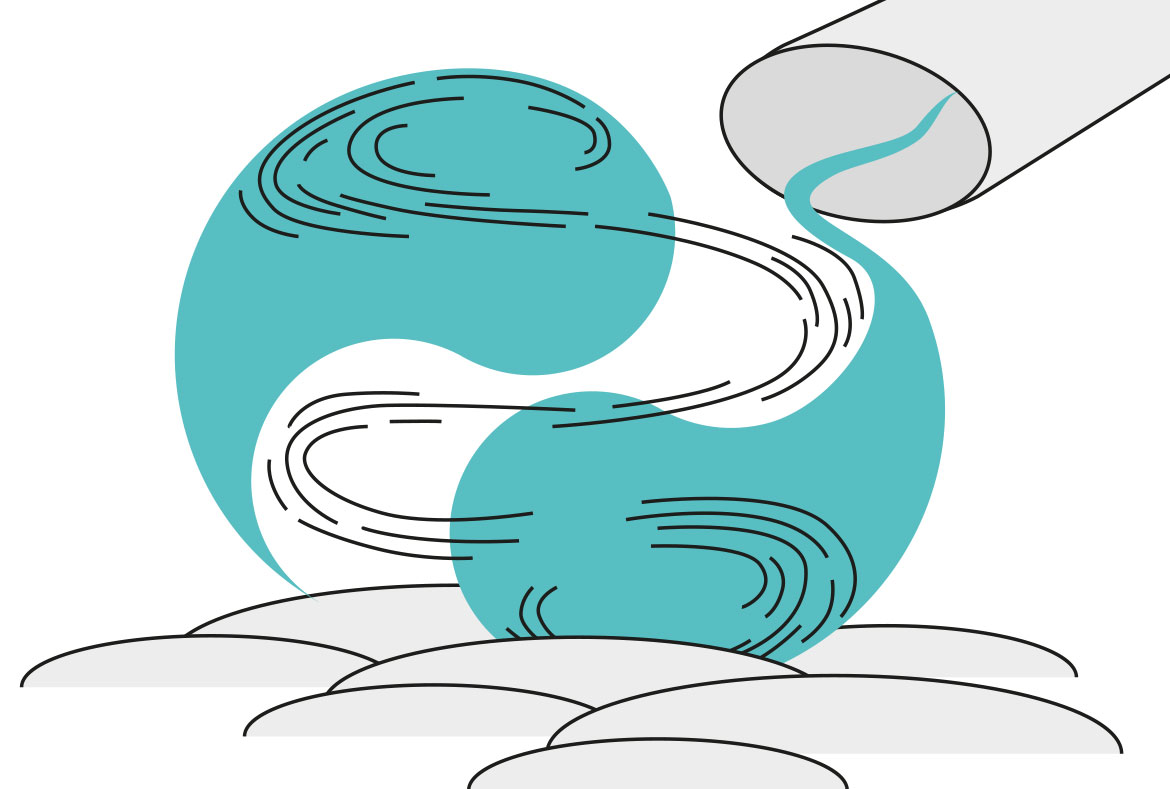
Using every drop twice
I press ‘flush’ and fresh water flows into the toilet, taking everything with it. The water, now soiled, travels through the sewers to end up in the sewage treatment plant where sand is separated from fats and solids settle to the bottom. Bacteria and microorganisms further break down the organic substances in the water, producing nitrate.
A final chemical purification process ensues in which phosphorus is removed to protect the water from excess nutrients. The water is then discharged into lakes and rivers and disappears altogether from our utilisation system. According to the aquatic research institute Eawag, the annual amount discharged thus in Switzerland is over a trillion litres of water. So what if we were to use it again instead?
Given that dry periods are becoming more frequent, and that there is increasing demand for water for agricultural and cooling purposes in Switzerland, 19 of its 26 cantons have identified a need to recycle it. But this is still prohibited for reasons of water protection. In Israel, by contrast, recycling water for agricultural irrigation has been perfectly normal for over 40 years. “The country was founded in a semi-arid location, which is why water recycling became a necessity”, says Lior Gutmann from Mekorot, Israel’s national water company.
Its recycling project started with desalination plants that have been making brackish water and seawater drinkable since 2005. In fact, over half of Israel’s water originally comes from the Mediterranean. After it’s been used, the water is sent to the Shafdan wastewater treatment plant outside Tel Aviv, which is the largest in the Middle East and treats 360 million litres of wastewater every day. It’s very similar to many sewage treatment plants around the world, but instead of discharging the water after it’s treated, it’s channelled into an accumulation basin from where it seeps into the groundwater via the porous sandy soil. This is a natural purification process that takes some six months. Every year, 140 billion litres of recycled water are pumped from there to the Negev Desert through a pipeline, where it’s used for agricultural irrigation. “Some 85 percent of household water in Israel is now recycled in this way”, says Gutman.
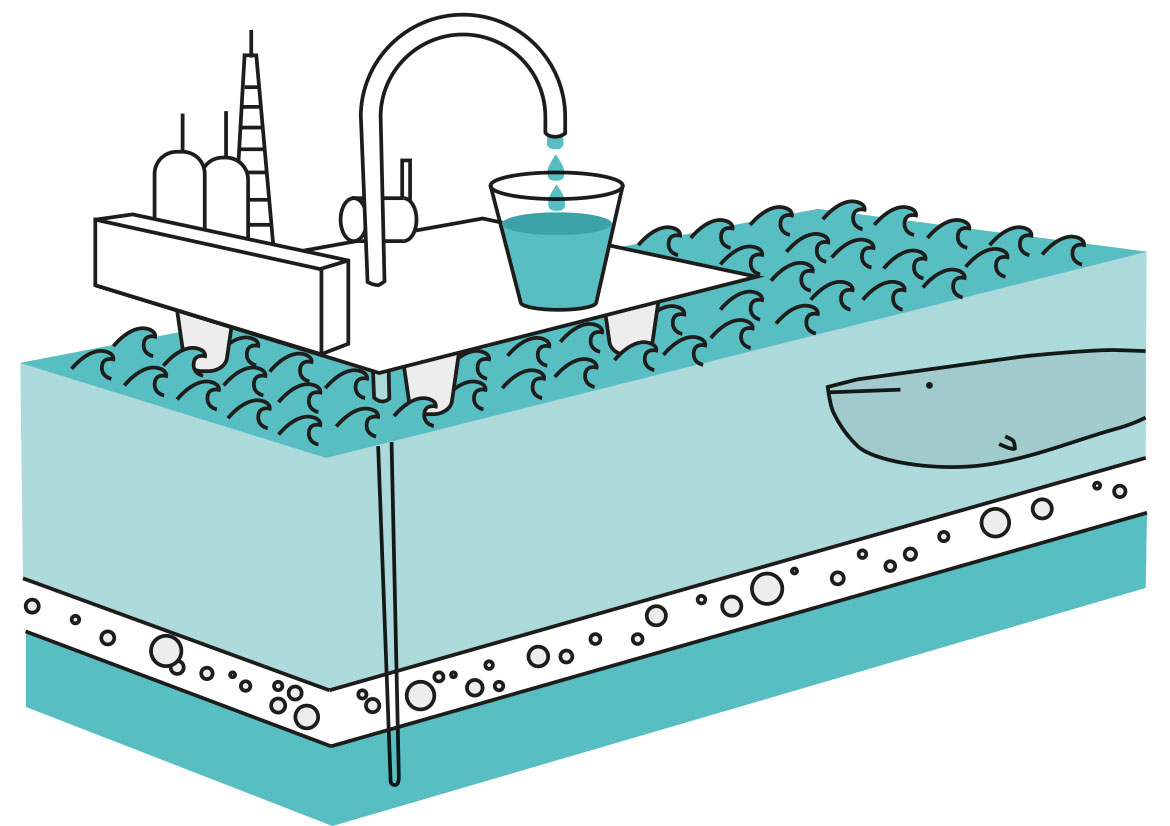
Tapping springs under the sea
The worse the water shortage, the greater the sense of desperation. Those searching for solutions don’t even shy away from crazy ideas. Some researchers dream of towing icebergs away from the North and South Pole, for example. Others want to tap into the sources that are hidden beneath the seabed. These include Aaron Micallef from the University of Malta: “It was some 60 years ago that people discovered more or less by chance that there is usable groundwater under the seabed”, he says. “It was usually found when people were drilling offshore for oil or gas”. Major questions immediately arose: Just how much offshore groundwater is there really? How high is its salinity? Is it economically and technologically realistic to utilise this resource? And what impact would that have on the environment?
“Model estimates based on limited observational data suggest that there could be roughly a million cubic kilometres of water there”, says Micallef. That would be 100 times what the whole of humanity has used in the last 100 years. Often these groundwater reservoirs are some 50 kilometres from the coast, where the ocean is around 100 metres deep.
Estimates of the age of the water vary widely. Off New Zealand, groundwater has been discovered that is believed to be over 300,000 years old. “One theory is that these reservoirs were formed when water seeped underground from coastal rivers and lakes at a time when the sea levels were lower”, says Micallef. “Some of it must have been preserved under the seabed when sea levels rose after the Ice Age”.
In order to get more precise measurement data, the first-ever drilling project dedicated to investigating offshore groundwater will be launched on the east coast of the USA in 2025. But Micallef does not believe that drawing it from the depths will solve the overall water problem. “At best it could provide part of the solution to the water supply for islands like Malta”, he says. “But it ought only to be seen as an option if other technologies fail”. And in any case, we could only use it once we’ve got a better understanding of how these undersea reservoirs have developed.
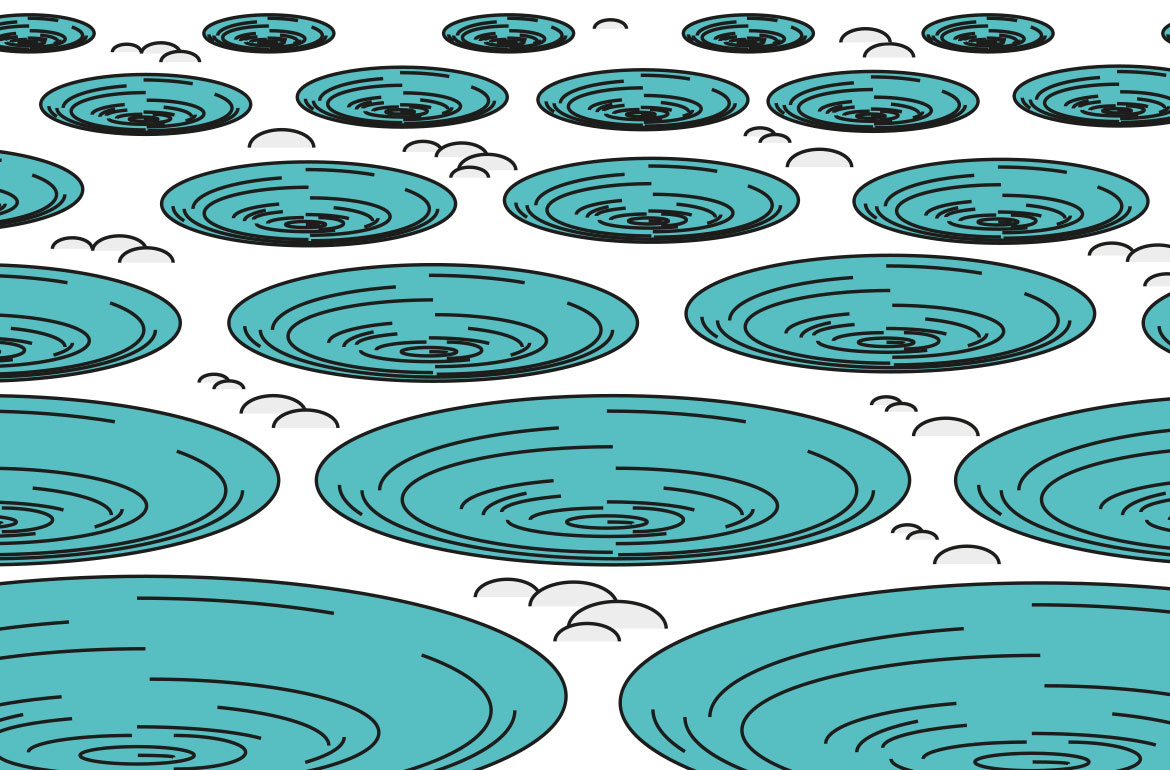
Catching water in small pits in the earth
On the African continent, 80 percent of food is produced by small-scale farming structures. These smallholdings are almost entirely at the mercy of natural watering through rainfall and the rainy seasons. “But the dry periods are getting longer, while heavy rainfall is also becoming more frequent”, says Gideon Danso-Abbeam, an agro-economist at the University of Tamale in Ghana who’s researching into the link between indigenous farming methods and the income of smallholder farmers.
An old, indigenous irrigation method is being used more and more frequently in northern Ghana: it’s called Zaï, and is used to create micro-reservoirs in the fields and to improve the quality of the soil. “Zaï is a micro-irrigation technique that was rediscovered in Burkina Faso in the 1960s”, says Danso-Abbeam. “From there, it spread over the ensuing decades to Niger, Mali and Ghana”.
Pits the size of a football are dug in a field roughly one metre from each other and filled with manure. On one hectare, there’ll be space for between 5,000 and 10,000 such pits. Then the local staple food is planted – maize or sorghum. Similar techniques involve using mini-basins, semicircular barriers or terracing to store run-off water.
“Our research has shown that methods like Zaï improve two things: Water absorption in the soil, and its nutrient content”. This is because the small pits prevent the soil from drying out, while adding fertiliser makes the soil in the pits fertile and allows it to store water twice as well as would otherwise be the case. The result is a significantly higher agricultural yield. There’s a problem, though: “It’s a very labour-intensive technique”, says Danso-Abbeam. “This is one reason why it’s not yet very widespread. Many farmers simply don’t have the finances they’d need to be able to adopt it”.
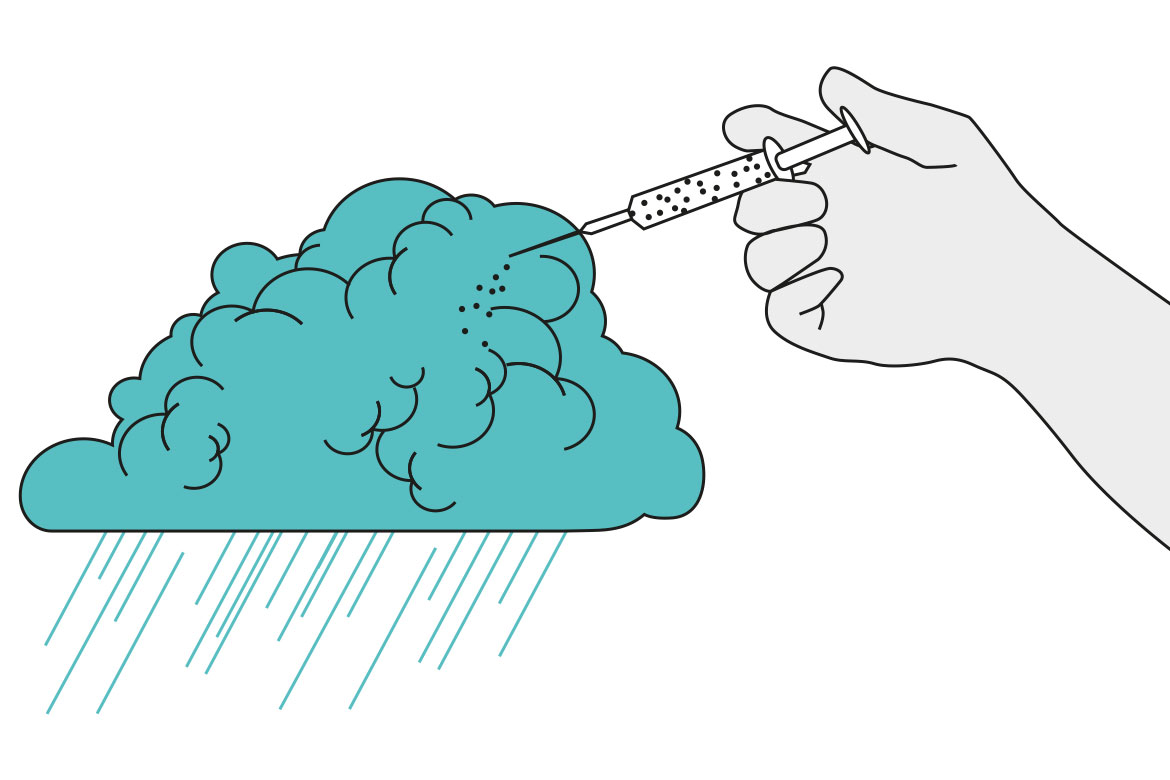
Making rain
Since time immemorial, our species has been trying to control the weather. We’ve even gone so far as to attempt human sacrifice to bring continuous rain to an end, though mostly we’ve resorted to rain dances in hopes that a few drops might finally fall from the sky after a long drought. The problem is that 90 percent of clouds simply evaporate without producing precipitation. Could this perhaps be changed by seeding them with silver iodide?
Ulrike Lohmann is an atmospheric physicist at ETH Zurich. She’s sceptical. “It’s still unclear to this day whether that can really produce larger amounts of precipitation”. Typically, crystallisation seeds are added to the huge accumulations of water droplets in the sky. “Silver iodide tends to be used. It is dispersed as an aerosol in a supercooled cloud in order to promote the formation of ice crystals”. Theoretically, this should accelerate the development of precipitation.
This technology is already being used in Austria, Germany and China to prevent the damage caused by hailstorms, and trials are also underway in Switzerland with the same goal in mind. The silver iodide that is thereby distributed leads to the formation of more so-called ‘hail embryos’, and these result in smaller grains. “The damage done by hailstones increases quadratically with the size of the grains”, says Lohmann.
But if a cloud isn’t ready for rain or hail, the chemical in question might not actually change anything at all. “The most you can do is to try and make a cloud rain that would sooner or later produce rain on its own anyway”, says Lohmann. This was tried in 2008 at the opening ceremony of the Summer Olympics in Beijing, for example. But there’s still been little systematic, comparative research in this field. “It’s difficult to know what might have happened in a cloud if silver iodide hadn’t been used”. This is why Lohmann and her team at Cloudlab in Eriswil are investigating just how quickly seeding changes the various processes that take place in a cloud. “We want to use this to gain a better understanding of the microphysics involved and to optimise long-term precipitation forecasts”.
Illustrations: Anna Haas


